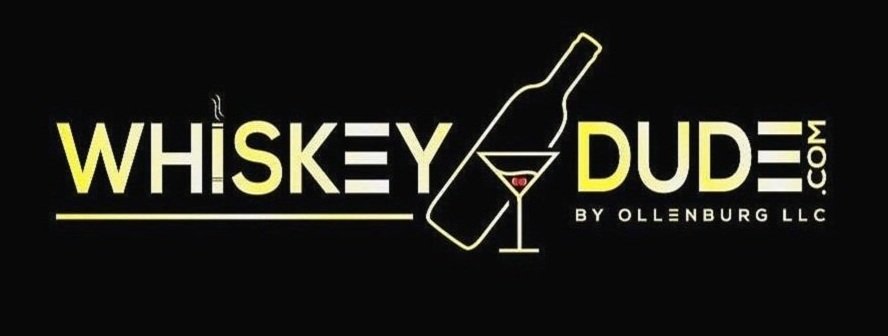Enology, also spelled oenology, is the science and study of wine and winemaking. It encompasses various aspects of wine production, including grape cultivation, fermentation, aging, bottling and quality control.
Enology…
Prepare Yourself for Wine Events: Business and Pleasure…
Know your audience and their level of wine knowledge. Don’t try to bluff the wine enthusiast.
Learn how to properly taste… Aromas, Introduction, Texture, Palate and Finish.
Do not overindulge.
Drink plenty of water. Alcohol dehydrates.
Do not overpour yourself or others. At a tasting, a single bottle of wine may need to make it around the room.
Do not taste on an empty stomach. Avoid overpowering foods.
Wear no or very little perfume or cologne. Be courteous to others who are enjoying the wine’s aromas.
Be careful adding ice to wine, as it changes the character.
Please don’t make a “spritzer” with a “nice” bottle of wine.
Rinsing your glass between pours is controversial, especially when using tap water.
Wine FAQs
Q. What is the difference between sparkling wine and champagne?
A. To be a Champagne, the grapes must be grown and the wine produced in the Champagne region of France. Some sparkling wines classify themselves as “champagne methode.” This refers to a process of secondary fermentation in the bottle, but still doesn’t make it “champagne.”
Q. What are the rules of pairing food with wine?
A. It’s more opinion than fact. Typically, lighter fare should be accompanied by a lighter wine. Once should compliment the other and not overpower. Red wine to red meat is not a rule, not is white wine for white meat. If you are concerned with pairing, buy from a reputable wine shop and don’t be afraid to ask. Seek out “shelf talkers” (display notes), reviews and advice of professional wine enthusiasts… and remember these are just opinions.
Q. What is the real difference between dry and sweet wines?
A. Not what most people think. People confuse “fruit forward” taste with sweet. Dry vs. sweet refers to composition and often finish, not necessarily to overall taste. Red wines made from grapes are most often dry. Sweet wine examples are late harvest Rieslings and Moscato d’Asti. If you think you like sweet wines, ask for a “fruit forward” dry wine and see what you think. You may be pleasantly surprised.
Q. If I’m serving or bringing wine to someone whose wine tastes I don’t know, what is safe?
A. Chardonnay, Shiraz and Pinot Grigio are all popularly liked. Pinot Gris and Pinot Noir are interesting and well-liked.
Q. What is the difference between Shiraz and Syrah?
A. Mostly the spelling… they are produced from the same grape. Some people think Shiraz is a bit spicier, and this may influence the winemaker’s choice in naming the wine.
Q. What is the difference between Pinot Grigio and Pinot Gris?
A. Same grape but different style. Grigio is typically lighter. Gris typically has more body (viscosity).
How to Taste, Simplified
Fill glass no more than halfway.
Gently swirl glass at stem to “open” the wine, releasing the aromas (bouquet).
Observe bouquet. Yes… stick your nose in there, above the liquid line, of course.
Take a small sip while intaking small amount of air through the mouth. Notice the “introduction.”
Observe the “palate” by lingering the wine on your taste buds for 5 seconds or so.
Swallow and enjoy the “finish.”
Evaluate the flavors.
A Few Additional Tips:
Chilling Wines: Typically chill whites and dry roses 45 minutes in the fridge. Too cold can kill the flavor. Reds are typically served room temperature or with a slight chill.
Different varietals deserve different glasses.
To decant or not to decant: Wines “change” within their first hour exposure to air and thereafter. Air can be wine’s best friend or worst enemy. Experts often disagree on air’s influence to any given wine, depending upon the wine’s characteristics. It’s also a matter of taste. A wine that needs to breathe may be referred to as “tight.” A wine exposed to too much air may become vinegar.
Whiskey-Dude.com team member and OLLC business analytics consultant, Matthew Bare, develops grape-finding tool for winemakers, published by University of Iowa.
Matthew Bare led a great team to great results in empowering the winemaking community. Matt collaborated with the University of Iowa, Professor Kristy Walker, and the Iowa Wine Growers Association to survey winemakers and grape growers across and state and build an interactive dashboard to help connect buyers and sellers in a fast, convenient way. This dynamic model creates promise for winemakers across any region. Cheers to winemakers everywhere!
Following Matthew’s expert implementation, the University of Iowa published the accomplishment in a university spotlight. Read more at “New Website is Oenophile’s Delight.”
The late Walter Schug talking about the 1975 vintage Pinot Noir he made at Joseph Phelps Winery. Walter was one of the great Pinot Noir pioneers in California. Schug Winery.





